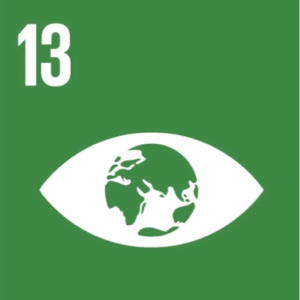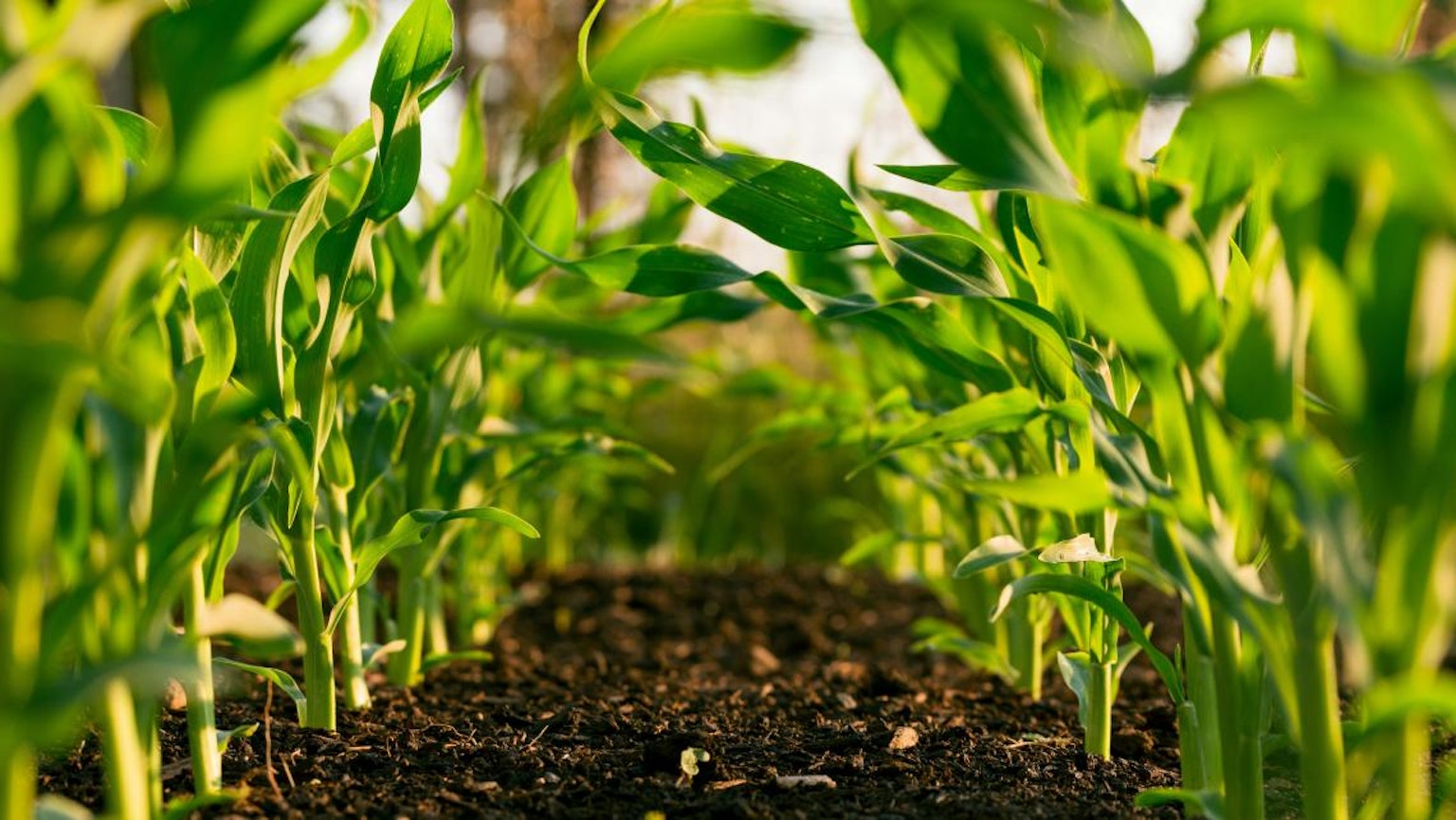Public comments are invited on a new Soil Organic Carbon (SOC) Activity Module which focuses on cover crops planted to cover the bare soil during fallow periods to increase soil organic carbon (SOC). The Activity Module is applicable globally.
Soil benefits from cover crops have been well researched and entail a multitude of benefits: They decrease soil erosion, improve retention of nutrients and prevent their loss/run-off to vulnerable waterways, and increase soil organic carbon. In addition, cover crops increase soil water holding capacity, porosity, and aggregate stability, and improve rainfall infiltration, and the size and activity of the microbial population.
In a typical baseline situation, crop fields are left bare (i.e. without plant growth) from the time of harvest until the next crop is planted (fallow period). The project activity introduces cover crops to be planted during the fallow period to cover the soil and keep roots in the soil which improves soil condition and increases SOC.
This SOC Activity Module addresses different categories of cover crops (legumes, non-legumes, grasses, and brassicas) and options for cover crop application depending on and aligning with the associated practices (reduced till, no-till) implemented. Cover cropping can comprise a single species or a mixture of species and can use annual, biennial, or perennial vegetation. At the end of the fallow period, cover crops are usually terminated to prevent competition with the primary crop and to allow the timely planting of the next crop. In no-till approaches, cover crops are left on the soil surface to support weed control and N inputs before a primary crop is planted.
In line with the SOC Framework Methodology, this SOC Activity Module provides three approaches for the quantification of SOC increase. This accommodates that not all relevant measurements and parameters may be available to projects. Approach 1 requires on-site measurements to directly document pre-project and project SOC stock levels, Approach 2 uses datasets, parameters and/or models from peer-reviewed publications to quantify baseline and project SOC stock levels, and Approach 3 applies default factors to quantify SOC changes, relating to the general methodology described in the IPCC Guidelines for National Greenhouse Gas Inventories (IPCC 2019) using tier 2 level approach whenever possible. For Approach 2 and 3, project proponents need to document that the coefficients applied are conservative and applicable to the project site and management practice.


